Home>Garden Essentials>How Did The Four Year Crop Rotation Impact On The World
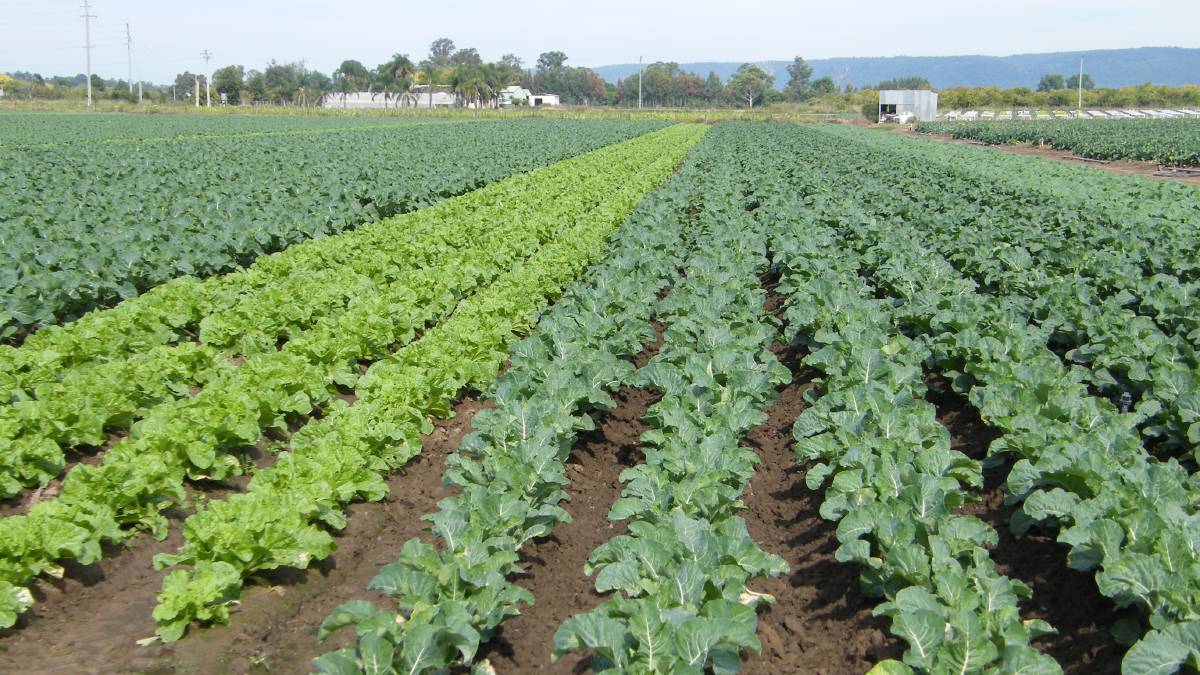

Garden Essentials
How Did The Four Year Crop Rotation Impact On The World
Modified: March 15, 2024
Discover how the four-year crop rotation in garden impacted the world, revolutionizing agricultural practices for sustainable farming.
(Many of the links in this article redirect to a specific reviewed product. Your purchase of these products through affiliate links helps to generate commission for Storables.com, at no extra cost. Learn more)
Introduction
Gardening has long been a cherished pastime, offering a myriad of benefits such as stress relief, improved mental health, and a connection to nature. However, for those with a deeper understanding of horticulture, the concept of cultivating a garden goes beyond leisurely plant care. It involves strategic planning, knowledge of soil health, and crop rotation techniques.
One such technique that has revolutionized the world of agriculture is the four-year crop rotation system. This ingenious method, which has its roots in ancient farming practices, involves dividing cultivated land into four sections and rotating different crops across those sections in a prescribed sequence over a four-year period.
Throughout history, agriculture has faced numerous challenges, such as soil depletion, pest infestations, and reduced crop yields. The implementation of the four-year crop rotation system was a revolutionary solution that not only addressed these issues but also left a lasting impact on the world.
In this article, we will delve into the definition and history of four-year crop rotation, explore its environmental benefits, examine its impact on soil health, discuss its implications for farmers and agriculture, analyze its influence on global food production, and consider the challenges and limitations it presents. We will also examine successful case studies that highlight the effectiveness of this approach.
By gaining a deeper understanding of the four-year crop rotation system and its significance, we can appreciate the tremendous impact it has had on sustainable agriculture and food security.
Key Takeaways:
- Crop rotation helps farmers grow healthier crops and protect the environment by switching the types of plants they grow in a field every four years. This reduces the need for chemicals and keeps the soil rich and fertile.
- By changing the crops they grow, farmers can produce more food, protect the soil, and help the environment. Crop rotation is like a natural way of farming that benefits everyone.
Read more: What Is Four-Crop Rotation?
Definition and History of Four Year Crop Rotation
Crop rotation is a farming practice that involves growing different crops in a specific sequence on the same plot of land over a period of time. The four-year crop rotation system, also known as the Norfolk system, was popularized by Charles Townshend, 2nd Viscount Townshend, in the 18th century. This method divided the land into four sections, each dedicated to a different crop.
The four-year crop rotation system typically follows this pattern: the first year features a nitrogen-fixing legume such as clover or alfalfa. These crops help replenish the soil by fixing atmospheric nitrogen, which enhances the fertility of the land. The second year involves planting a crop from the Brassica family, such as cabbage, broccoli, or mustard. These crops help break up the soil, suppressing weeds and pests. The third year is dedicated to root crops like carrots, potatoes, or beets. These crops help improve soil structure and break up compacted soil. Finally, in the fourth year, cereals such as wheat, barley, or oats are planted. These crops help utilize nutrients in the soil and produce a bountiful harvest.
The concept of crop rotation has been practiced in various cultures throughout history. Ancient Romans, Greeks, and Chinese civilizations employed similar techniques to maintain soil fertility and maximize crop yields. The idea behind crop rotation is to minimize the risk of disease and pests specific to certain crops, to reduce soil erosion, and to optimize the use of nutrients.
During the Industrial Revolution, the agricultural industry faced significant challenges due to intensive monoculture farming, where the same crop was grown repeatedly without rotation. This practice led to soil depletion, increased pest infestation, and reduced crop yields. The introduction of the four-year crop rotation system brought about a shift in farming practices, as farmers recognized the long-term benefits of diversifying crops and improving soil health.
Furthermore, advancements in science and research validated the effectiveness of crop rotation as a sustainable farming practice. Studies showed that crop rotation reduced the reliance on synthetic fertilizers and pesticides, improved moisture retention in the soil, and decreased weed pressure. This resulted in higher yields, enhanced soil fertility, and greater farm profitability.
Today, farmers around the world continue to implement the principles of four-year crop rotation to achieve sustainable agriculture, protect the environment, and ensure long-term food security.
Environmental Benefits of Four Year Crop Rotation
The four-year crop rotation system offers numerous environmental benefits, making it a favored technique among sustainable farmers. By diversifying crops and implementing this practice, farmers can contribute to the preservation of ecosystems, conservation of water resources, and reduction of chemical inputs.
One of the primary benefits of four-year crop rotation is the reduction in pest and disease pressure. Growing the same crop in the same location for multiple years increases the likelihood of pests and diseases establishing themselves in the soil. In contrast, rotating crops disrupts pest and disease cycles, making it more challenging for them to survive and spread. This reduces the need for chemical pesticides, ultimately leading to a decrease in environmental pollution and a healthier ecosystem.
The practice of crop rotation also enhances soil health and fertility. Different crops have unique nutrient requirements and biological interactions with the soil. By rotating crops, farmers can prevent nutrient imbalances, as each crop will uptake and release different nutrients. Additionally, crops with deep-root systems, like root vegetables, help break up compacted soil, promoting better water infiltration and reducing erosion. By improving soil structure, crop rotation increases soil water-holding capacity and reduces the need for irrigation.
Another significant environmental benefit is the reduction in synthetic fertilizer use. Nitrogen-fixing legumes, such as clover or alfalfa, are an essential component of four-year crop rotation. These crops have the unique ability to convert atmospheric nitrogen into a form that is available for plants to use. By incorporating nitrogen-fixing crops into the rotation, farmers can reduce reliance on synthetic fertilizers, which are energy-intensive to produce and can be detrimental to water quality when overused.
Four-year crop rotation also helps control weeds naturally. Different crops have varying growth habits and lifecycles. By rotating crops, farmers can disrupt weed growth patterns, making it more difficult for weeds to establish and spread. This reduces the need for herbicides and promotes more sustainable weed management practices.
Furthermore, the implementation of four-year crop rotation promotes biodiversity and habitat preservation. Different crops attract different insects, birds, and smaller organisms. By diversifying the crops in a rotation system, farmers create habitats for a wide range of beneficial organisms. This contributes to a balanced ecosystem and helps control pests naturally, reducing the need for chemical interventions.
Overall, the environmental benefits of four-year crop rotation are significant. It minimizes the use of chemical inputs, improves soil health, conserves water, reduces erosion, supports biodiversity, and contributes to sustainable farming practices that are essential for the long-term health of our planet.
Impact on Soil Health
The four-year crop rotation system has a profound impact on soil health, improving its structure, fertility, and overall quality. By rotating crops, farmers can mitigate soil erosion, reduce nutrient depletion, and promote the growth of beneficial microorganisms.
One of the key benefits of crop rotation is the prevention of soil erosion. Growing the same crop repeatedly in a field can lead to soil compaction and reduced soil structure, making it more susceptible to erosion by wind and water. However, by rotating crops, especially those with deep-rooted systems, such as root vegetables and legumes, farmers can break up compacted soil and improve its ability to hold water and nutrients. This helps reduce erosion and increase the overall stability and resilience of the soil.
Crop rotation also plays a crucial role in preventing nutrient depletion in the soil. Different crops have varying nutrient requirements, and by rotating crops, farmers can ensure that nutrients are replenished and balanced. For example, legumes, such as clover or peas, have the unique ability to fix atmospheric nitrogen and convert it into a usable form for plants. These nitrogen-fixing crops enrich the soil with nitrogen, which is essential for plant growth and productivity. On the other hand, crops like corn or grains have higher nitrogen demands and can deplete the soil of this vital nutrient. By rotating these crops with nitrogen-fixing legumes, farmers can maintain nutrient levels in the soil and reduce the need for synthetic fertilizers.
Moreover, the incorporation of different crops into the rotation system helps stimulate the growth of beneficial microorganisms in the soil. Each crop has specific root exudates, which are compounds released by roots that attract and support different microbial communities. This microbial diversity contributes to improved nutrient cycling, disease suppression, and overall soil health. Additionally, crops like Brassicas, which include broccoli and cabbage, can release compounds that act as natural biofumigants, controlling soil-borne pests and diseases.
Another aspect of soil health impacted by crop rotation is the balance of soil pH. Different crops have different pH requirements, and rotating crops allows for the adjustment of soil pH over time. For example, legumes tend to increase soil pH, while certain Brassica crops can help reduce pH levels. By incorporating these crops into a rotation system, farmers can naturally manage soil pH and create optimal conditions for plant growth.
Overall, the four-year crop rotation system significantly improves soil health by reducing erosion, preventing nutrient depletion, promoting beneficial microorganisms, and maintaining optimal soil pH. This leads to increased fertility, higher crop yields, and long-term sustainability in agricultural practices.
Implications for Farmers and Agriculture
The implementation of the four-year crop rotation system has several significant implications for farmers and the field of agriculture. This approach not only benefits the environment but also offers various advantages to farmers in terms of crop productivity, pest management, and economic sustainability.
One of the primary implications of four-year crop rotation is improved crop productivity. By diversifying crops and rotating them over time, farmers can minimize the buildup of pests and diseases. Different crops attract different pests, and rotating crops disrupts pest lifecycles, reducing their impact on plant health. Additionally, by replenishing soil nutrients and improving soil structure through crop rotation, farmers can achieve healthier plants with increased yields.
Crop rotation also presents an opportunity for weed management. Different crops have varying growth habits and nutrient requirements, which can inhibit weed growth. By rotating crops, farmers can disrupt weed growth patterns, making it more difficult for weeds to establish and spread. This reduces the need for herbicides, lowers chemical inputs, and promotes more sustainable weed control methods, resulting in cost savings for farmers.
Another implication is the economic sustainability of farmers. By adopting the four-year crop rotation system, farmers can potentially reduce their reliance on costly synthetic fertilizers and chemical pesticides. This can result in lower input costs and increased profitability. Additionally, improved soil health and increased crop yields contribute to improved farm income and stability in the long run.
The use of crop rotation also enhances the resilience of farming systems. Monoculture practices, which involve growing the same crop repeatedly, are vulnerable to pest outbreaks, diseases, and extreme weather events. In contrast, by implementing crop rotation, farmers can mitigate these risks and create a more resilient farming system. Diversifying crops reduces the reliance on a single crop and spreads the risk, allowing farmers to adapt to changing conditions more effectively.
Furthermore, the adoption of the four-year crop rotation system aligns with sustainable agriculture practices that prioritize soil conservation and environmental stewardship. This can contribute to improved market access and consumer demand for sustainably produced crops. By being able to market their products as environmentally friendly and sustainably grown, farmers may have a competitive edge in the marketplace and meet the growing demand for sustainable food.
Overall, the implications of adopting the four-year crop rotation system for farmers and agriculture are numerous. From increased crop productivity and improved pest management to enhanced economic sustainability and adaptability, farmers benefit from implementing this practice, while also contributing to more sustainable farming systems.
The four-year crop rotation system helped improve soil fertility, increase crop yields, and reduce the risk of crop diseases. It also allowed farmers to diversify their crops and improve overall agricultural productivity.
Influence on Global Food Production
The four-year crop rotation system has a significant influence on global food production, contributing to improved agricultural sustainability, increased yields, and enhanced food security. This practice plays a vital role in ensuring the long-term availability of nutritious and diverse food for a growing global population.
By implementing crop rotation, farmers can optimize the use of land and maximize its productivity. Rotating crops allows for better utilization of nutrients, reducing the likelihood of nutrient depletion in the soil. This results in higher crop yields and a more efficient use of resources. Additionally, diversifying crops helps mitigate the risk of crop failure due to pest infestations or diseases specific to a particular crop. This reduces the vulnerability of food production to climate variability and external shocks, enhancing overall food security.
The four-year crop rotation system also contributes to sustainable farming practices on a global scale. By reducing reliance on synthetic fertilizers and chemical pesticides, this practice helps minimize environmental pollution and decreases the carbon footprint of agriculture. Additionally, crop rotation helps conserve water resources by improving soil water-holding capacity and reducing the need for irrigation. This is crucial in regions where water scarcity is a pressing issue.
Another influential aspect of four-year crop rotation is its role in preserving biodiversity. By rotating different crops, farmers create habitats for a variety of beneficial insects, birds, and microorganisms. This diverse ecosystem enhances natural pest control mechanisms, reducing the need for chemical interventions. Furthermore, the cultivation of different crops helps maintain genetic diversity in agricultural systems, safeguarding against the loss of genetic resources and promoting stronger resilience in the face of future challenges.
The implementation of four-year crop rotation also has a positive impact on the nutritional value of the food produced. By diversifying crops, farmers can cultivate a wider range of fruits, vegetables, grains, and legumes, providing consumers with a more varied and nutrient-rich diet. This is crucial for addressing global malnutrition and ensuring access to essential vitamins, minerals, and other vital nutrients.
Furthermore, the influence of four-year crop rotation extends to small-scale farmers in developing countries. This practice offers viable and sustainable solutions for increasing agricultural productivity and improving livelihoods. By diversifying their crops and implementing rotation systems, small-scale farmers can achieve better yields, reduce input costs, and enhance their resilience to changing environmental conditions. This, in turn, helps to alleviate poverty, promote rural development, and improve the overall well-being of farming communities.
In summary, the four-year crop rotation system plays a critical role in shaping global food production. Its influence encompasses sustainable farming practices, increased yields, enhanced food security, biodiversity conservation, and improved nutrition. By adopting this approach, farmers contribute to building a more sustainable and resilient food system that can meet the challenges posed by a growing global population and a changing climate.
Challenges and Limitations of Four Year Crop Rotation
While the four-year crop rotation system offers numerous benefits, it is not without its challenges and limitations. Implementing this practice requires careful planning, knowledge, and consideration of various factors that can affect its success.
One of the main challenges is the availability of suitable land for crop rotation. In some regions, land scarcity or land-use restrictions make it difficult for farmers to allocate separate areas for each crop in the rotation cycle. This can hinder the adoption of the four-year crop rotation system, especially for small-scale farmers who have limited agricultural land.
Another challenge is the management of pests and diseases. While crop rotation can help disrupt pest lifecycles and reduce pest populations, it may not be sufficient for complete pest control, especially for highly specific pests. Some pests can adapt to different crops or may have multiple host plants, rendering crop rotation less effective. In such cases, additional pest management strategies, such as the use of biological controls or targeted pesticides, may be necessary.
The success of a four-year crop rotation system also depends on the availability of suitable crop varieties that can thrive in the chosen rotation sequence. Some crop varieties may have specific growth requirements or may not be compatible with certain rotation partners. Farmers need access to diverse and adaptable crop varieties to effectively implement the rotation system and maintain its benefits.
Timing and synchronization of crop planting and harvesting can be another challenge. Different crops have different growing seasons and maturity periods. Managing the timing of planting and harvesting to ensure a smooth transition between crops can be complex, especially when considering weather conditions and market demands.
Furthermore, crop rotation may not be suitable for all types of farming systems. Some specialized or intensive agricultural systems, such as greenhouse cultivation or hydroponics, may not allow for the implementation of traditional crop rotation practices. Alternative strategies, such as crop diversification within the system or rotating crops in space rather than time, may need to be explored in such cases.
Lastly, the adoption of four-year crop rotation may require additional knowledge and training for farmers. Understanding the principles of crop rotation, identifying suitable crop sequences, and managing soil health and nutrient requirements can be complex tasks. Access to extension services, agricultural training, and technical support is crucial to support farmers in successfully implementing and managing a four-year crop rotation system.
Despite these challenges and limitations, the four-year crop rotation system remains a valuable tool for sustainable agriculture. By addressing these challenges through research, innovation, and knowledge-sharing, farmers can overcome potential limitations and maximize the benefits of this practice.
Case Studies: Successful Implementation of Four Year Crop Rotation
Several case studies around the world have demonstrated the successful implementation and benefits of the four-year crop rotation system. These examples showcase how farmers have embraced this practice and achieved improved yields, enhanced soil health, and sustainable farming practices.
One notable case study comes from the United States, where farmers in Iowa have adopted a four-year crop rotation system involving corn, soybean, oats, and clover. This rotation has proven effective in managing pests, reducing reliance on synthetic inputs, and enhancing soil fertility. By incorporating nitrogen-fixing legumes like clover into the rotation, farmers have been able to reduce nitrogen fertilizer use and increase organic matter in the soil. This case study showcases the economic and environmental advantages of four-year crop rotation in a major agricultural region.
In Sweden, researchers have implemented a diverse crop rotation system known as the Barley-Oat-Grass-Legume (BOGL) rotation. This system involves alternating between barley, oats, grasses, and legumes over a four-year cycle. The BOGL rotation has been successful in improving soil fertility, reducing weed pressure, and increasing biodiversity. It has also been shown to reduce the need for synthetic fertilizers and chemical pesticides. Farmers who have adopted this rotation have reported better yields and improved farm profitability. This case study emphasizes the ecological and economic benefits of diversifying crops through four-year rotations.
Another case study from India highlights the successful implementation of the four-year crop rotation system in the semi-arid region of Gujarat. The rotation includes cotton, pigeon pea, wheat, and cluster bean. Farmers in this region have faced challenges related to water scarcity and soil degradation. By rotating the crops and incorporating legumes, farmers have witnessed improvements in soil fertility, water retention, and resilience to drought. The implementation of this four-year rotation has resulted in increased yields and improved livelihoods for farmers in the region.
These case studies demonstrate that four-year crop rotation can be successfully adapted to diverse agricultural systems and environments. They highlight the positive outcomes of improved soil health, reduced chemical inputs, enhanced biodiversity, and increased farm profitability. The success of these implementations can be attributed to careful planning, adoption of region-specific rotation sequences, and the promotion of farmers’ knowledge and skills through agricultural extension services.
It is important to note that successful implementation of four-year crop rotation requires a comprehensive understanding of local conditions, market demands, and farmers’ needs. Sharing knowledge, experiences, and best practices through farmer networks, research institutions, and agricultural organizations can further promote the adoption of this sustainable agricultural practice.
By learning from these successful case studies, farmers around the world can be inspired to implement the four-year crop rotation system and experience its positive impacts on their farms, communities, and the environment.
Conclusion
The four-year crop rotation system has proved to be a game-changer in the field of agriculture, offering numerous benefits for farmers, soil health, and global food production. Through careful planning and the strategic rotation of crops, this practice mitigates the challenges of monoculture farming, improves soil fertility, reduces reliance on chemical inputs, and enhances overall sustainability.
From its ancient origins to its modern applications, crop rotation has stood the test of time as a proven approach to sustainable agriculture. By diversifying crops, farmers can maximize yields, control pests naturally, enhance soil health, and minimize environmental impact. This practice also promotes biodiversity, conserves water resources, and contributes to long-term food security.
While there are challenges and limitations to consider, successful case studies from around the world demonstrate the feasibility and positive impact of implementing the four-year crop rotation system. These examples highlight the potential to achieve higher yields, increased farm income, and improved livelihoods for farmers, all while preserving the health of our soils and ecosystems.
In conclusion, the four-year crop rotation system is not only an effective agricultural strategy but also a critical component of sustainable and resilient food production. By embracing this practice, farmers can secure the future of our planet’s food supply, protect natural resources, and contribute to a more sustainable and healthy world.
As we continue to navigate the challenges of a changing climate and rising population, the implementation of four-year crop rotation offers a path towards a more sustainable and secure food future for generations to come.
Frequently Asked Questions about How Did The Four Year Crop Rotation Impact On The World
Was this page helpful?
At Storables.com, we guarantee accurate and reliable information. Our content, validated by Expert Board Contributors, is crafted following stringent Editorial Policies. We're committed to providing you with well-researched, expert-backed insights for all your informational needs.

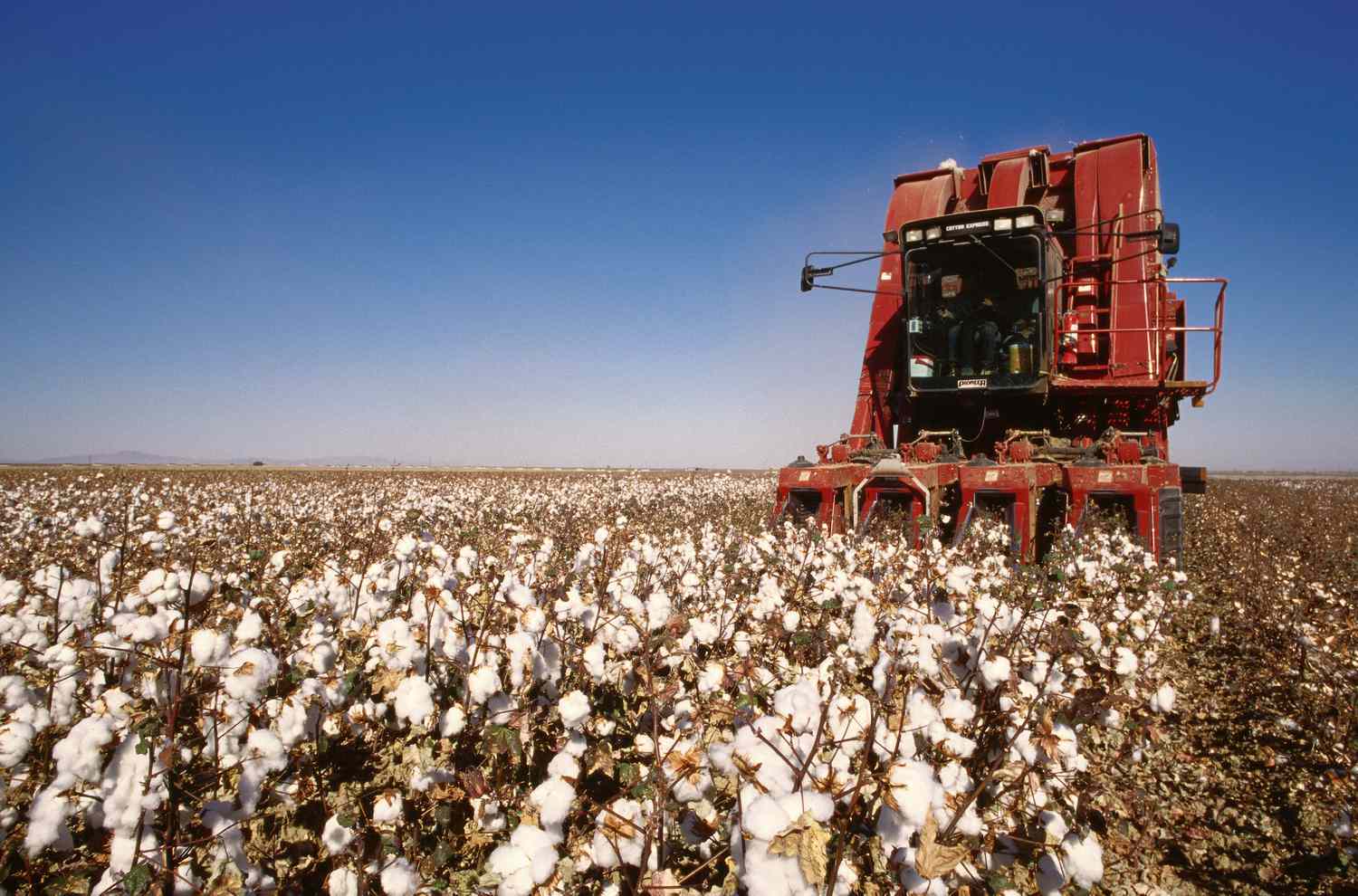
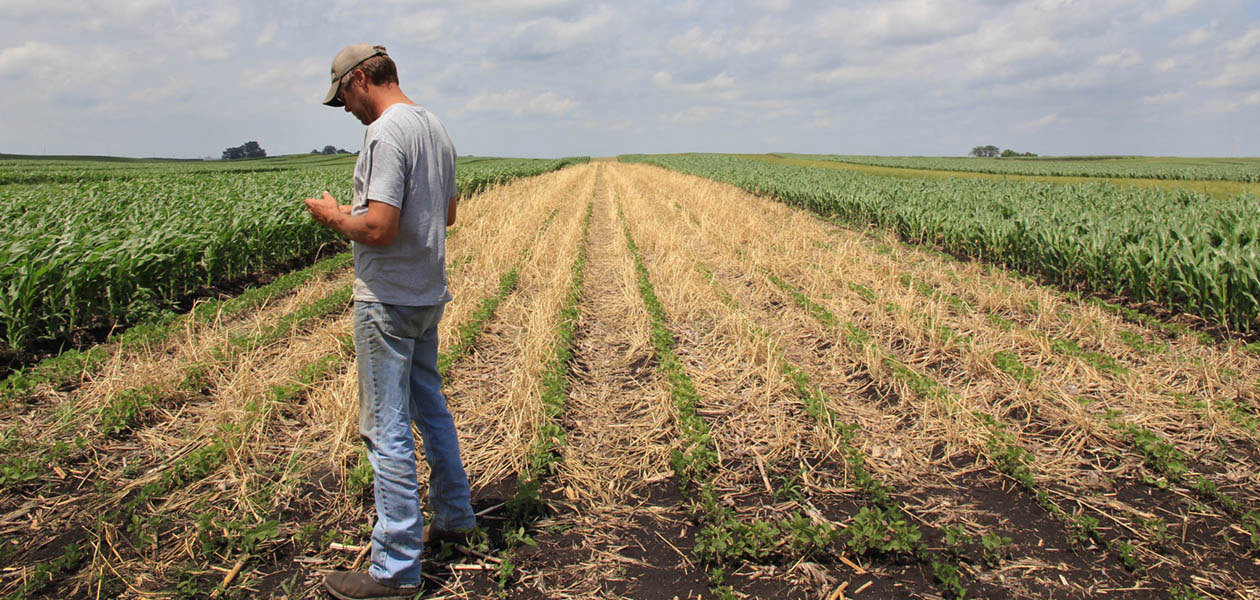
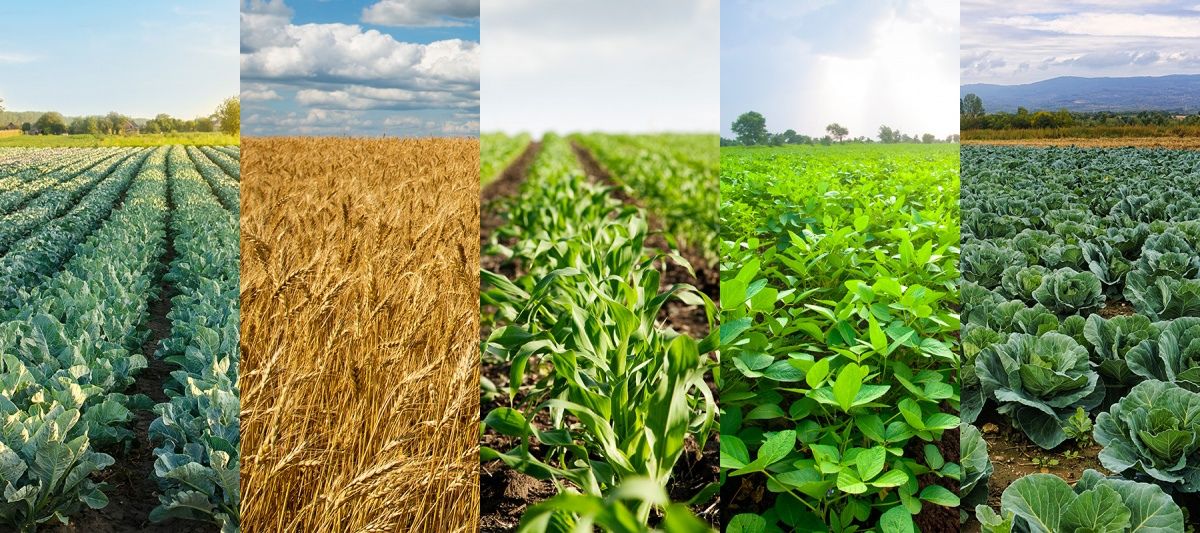


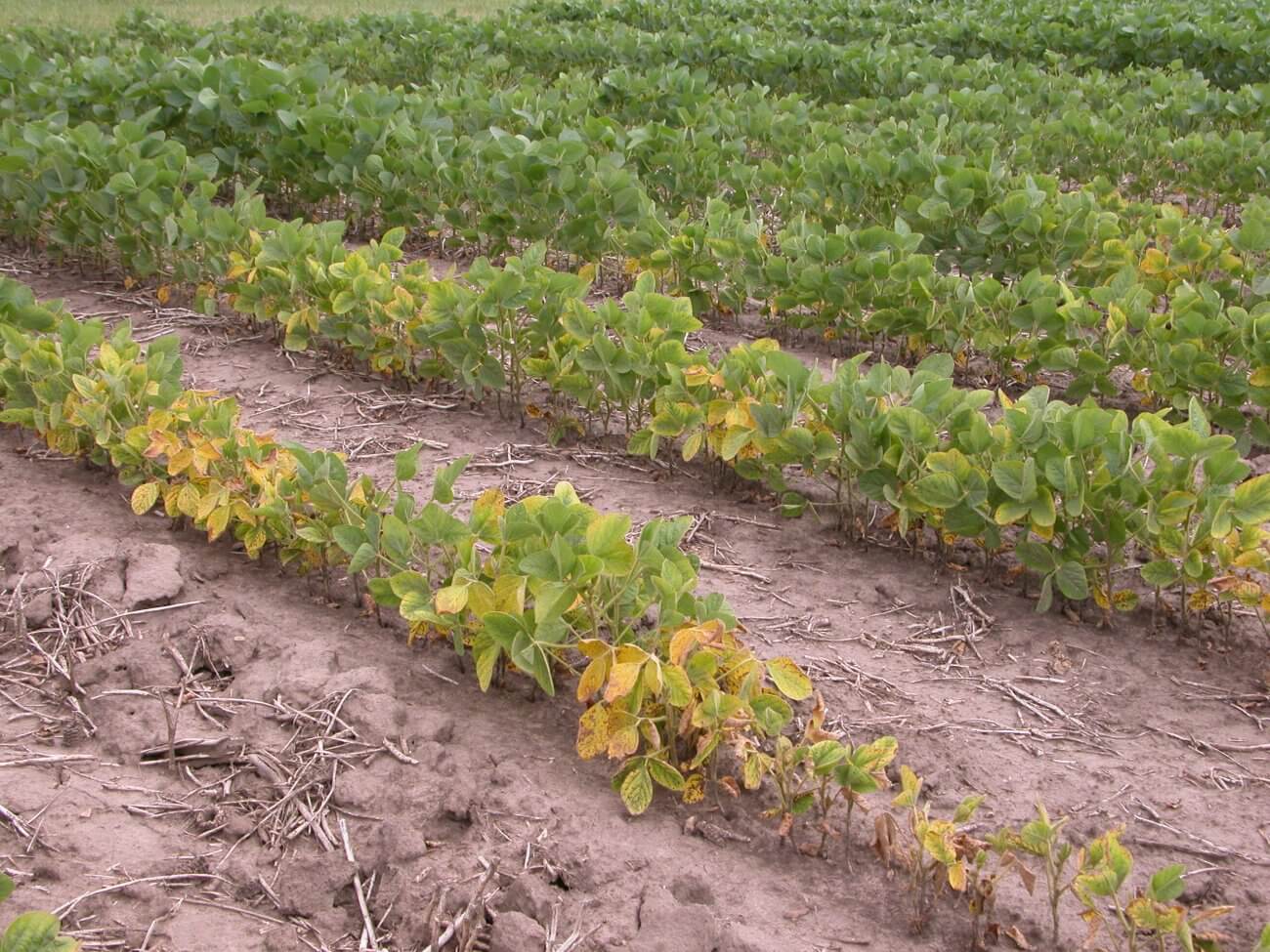
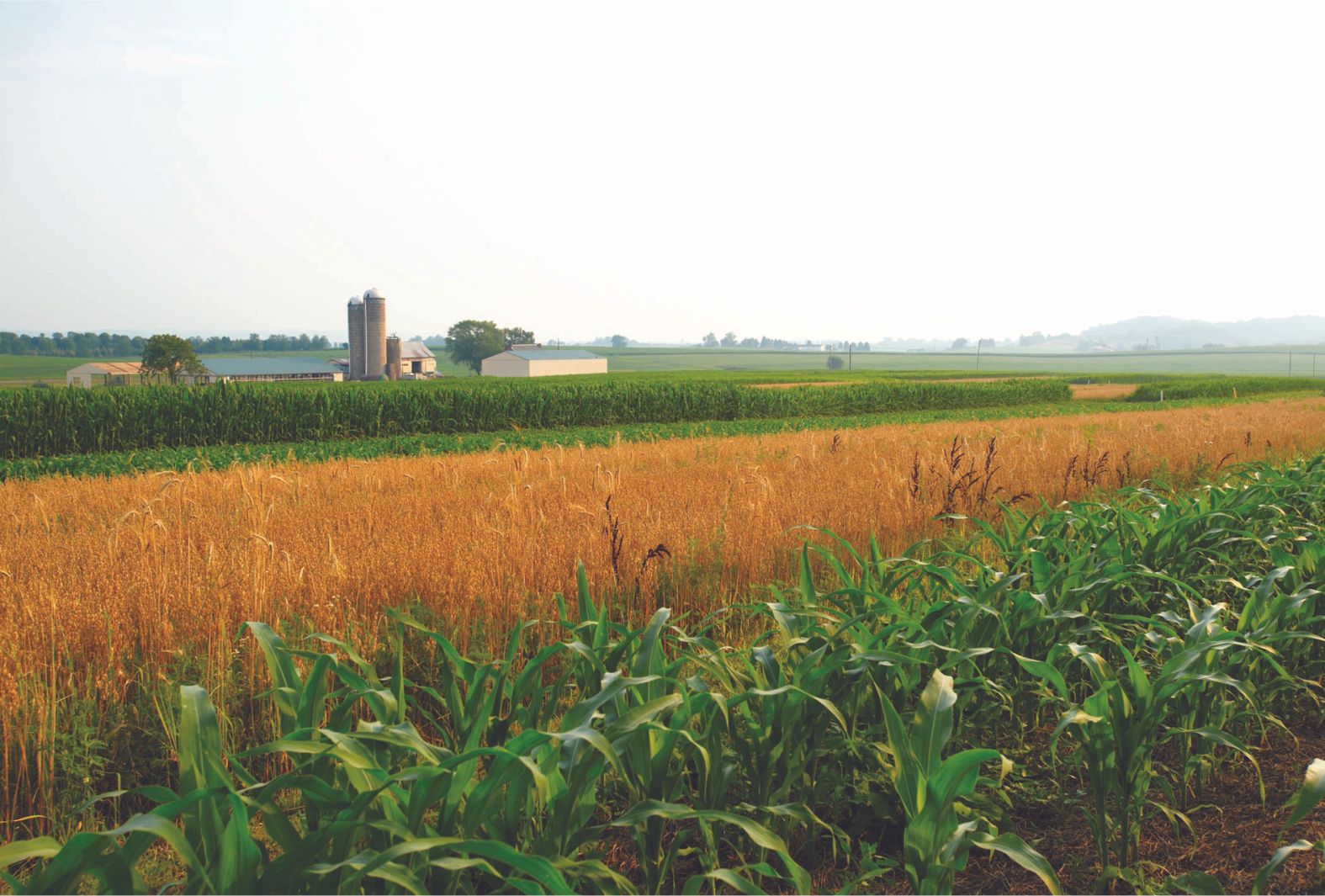
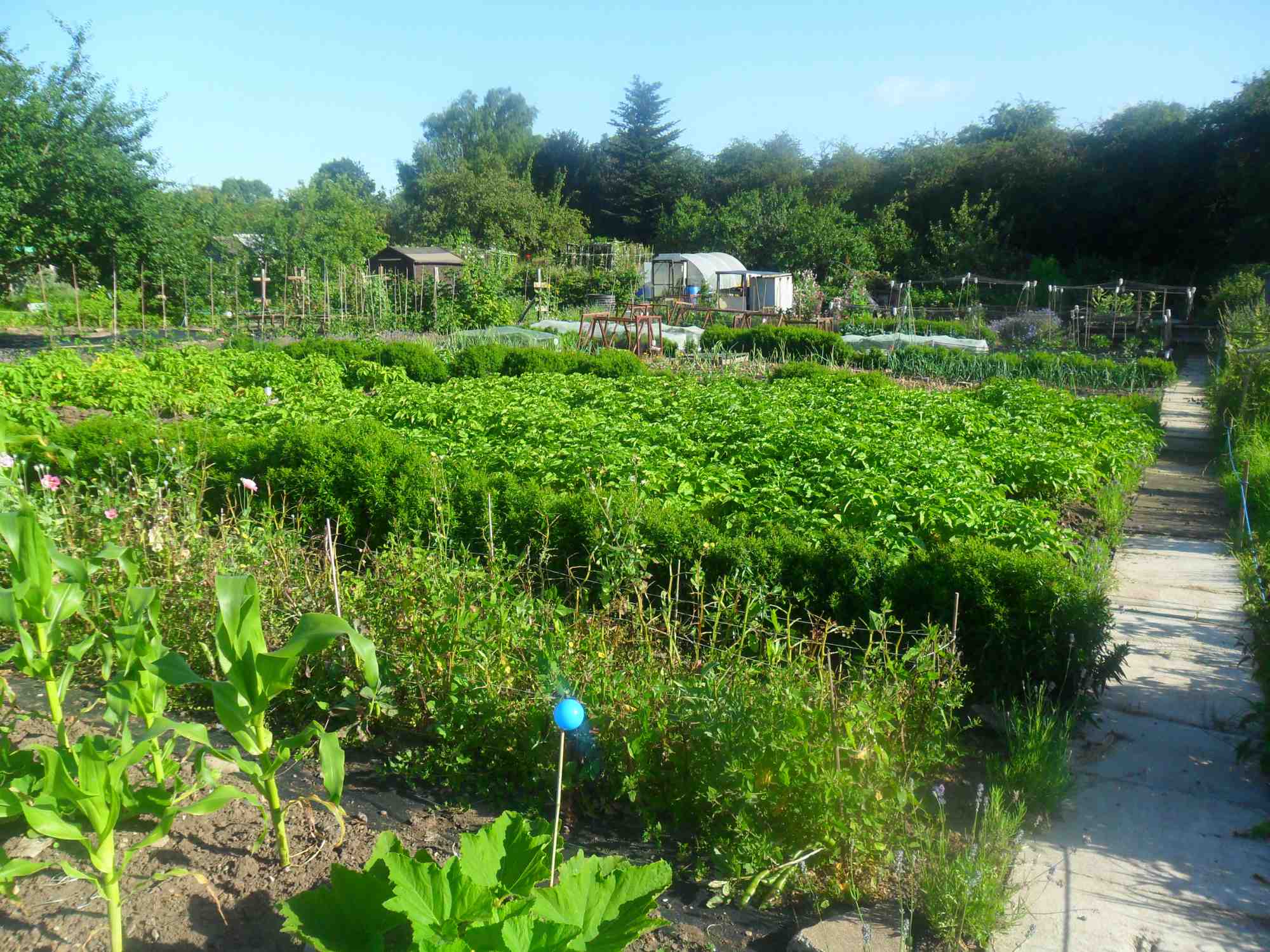
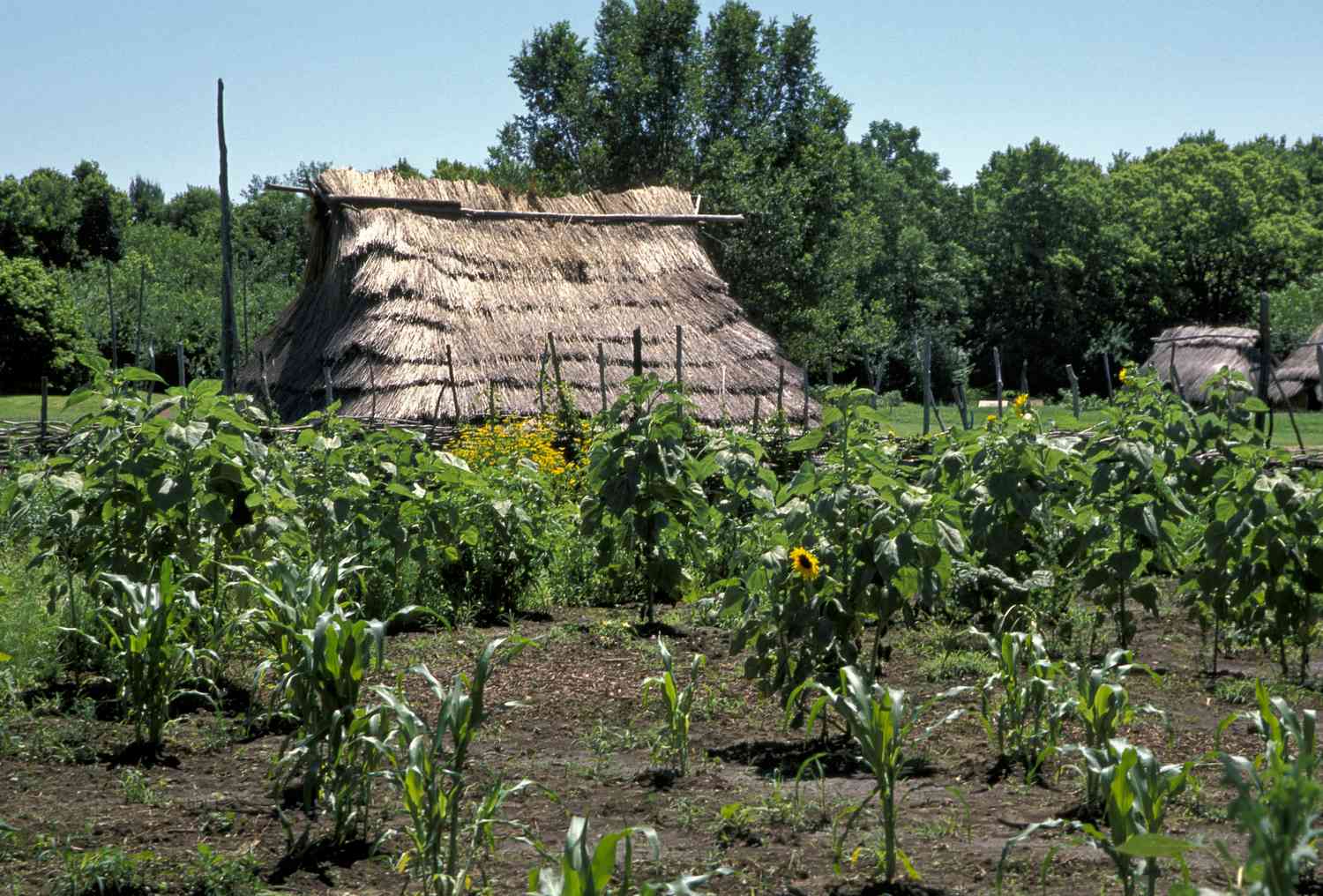
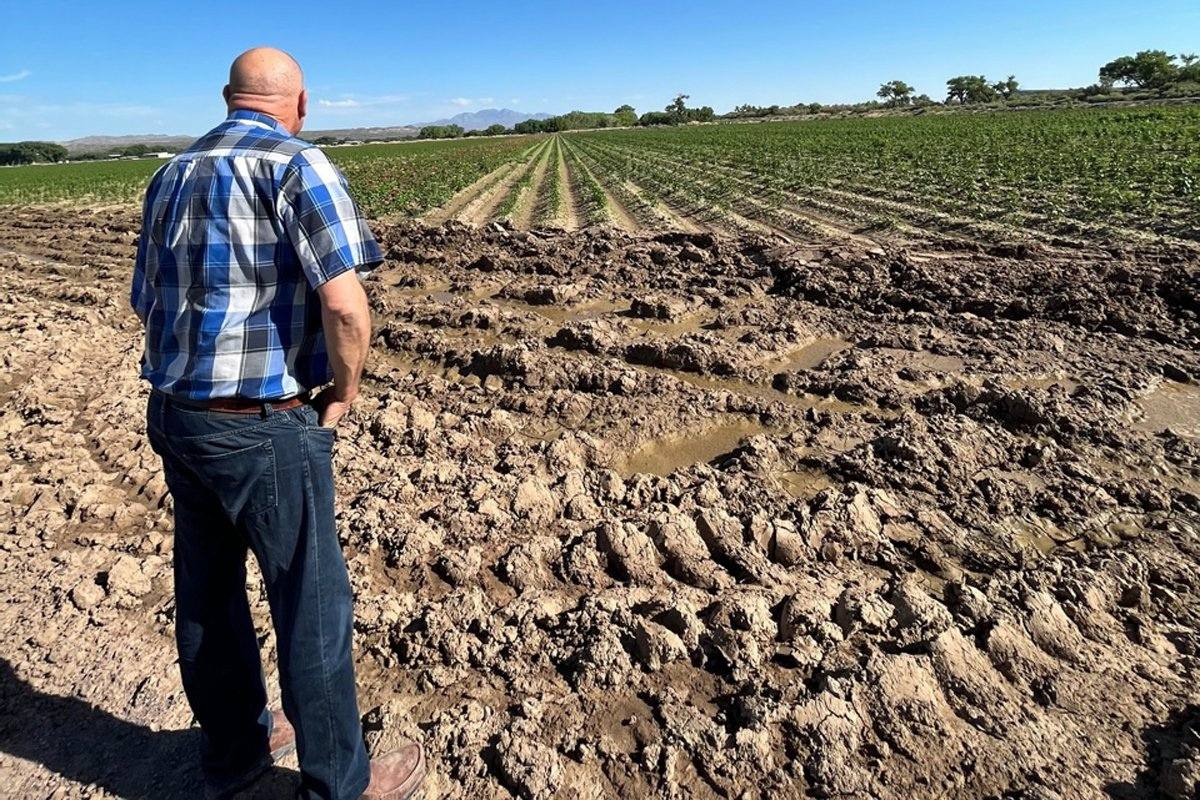
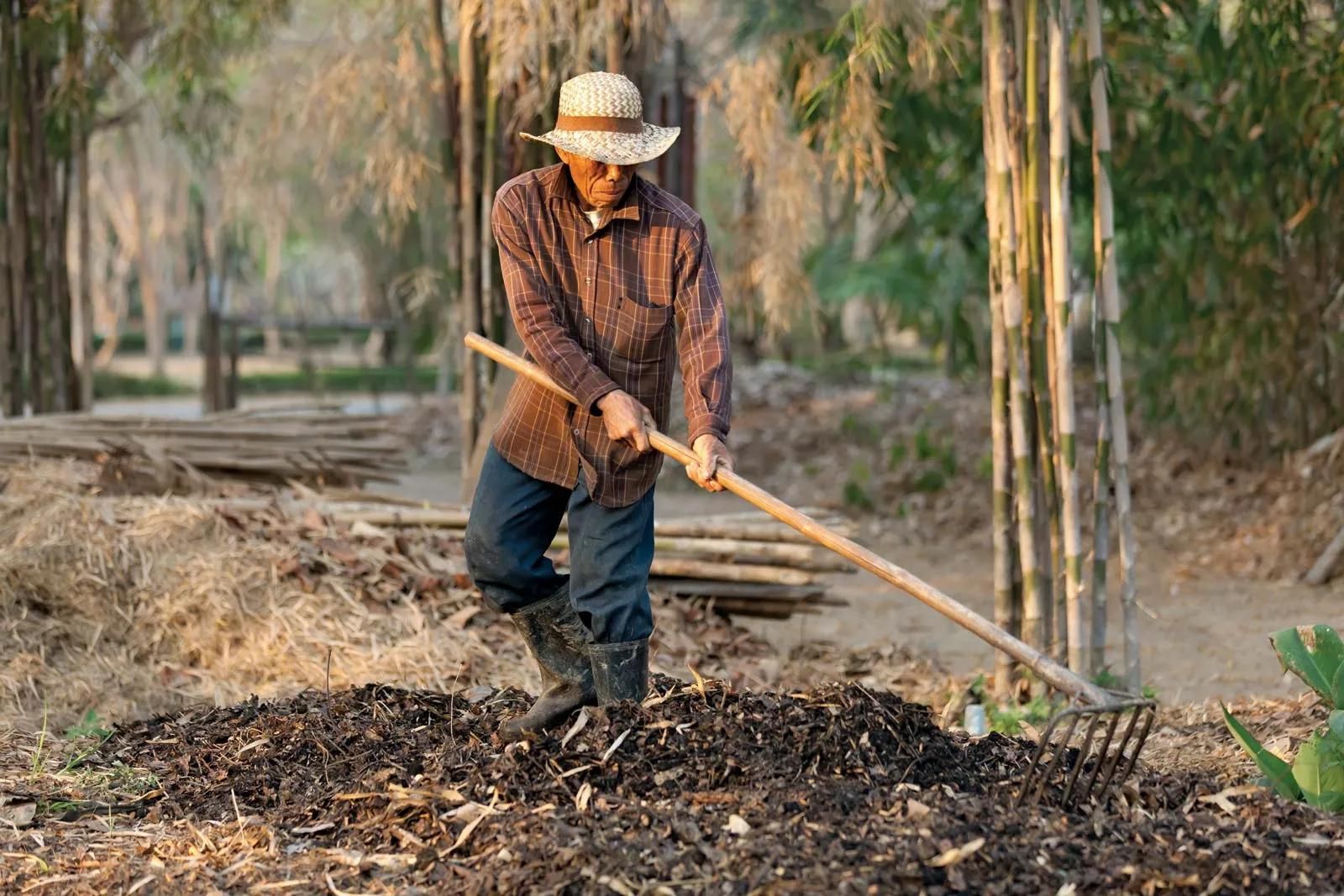

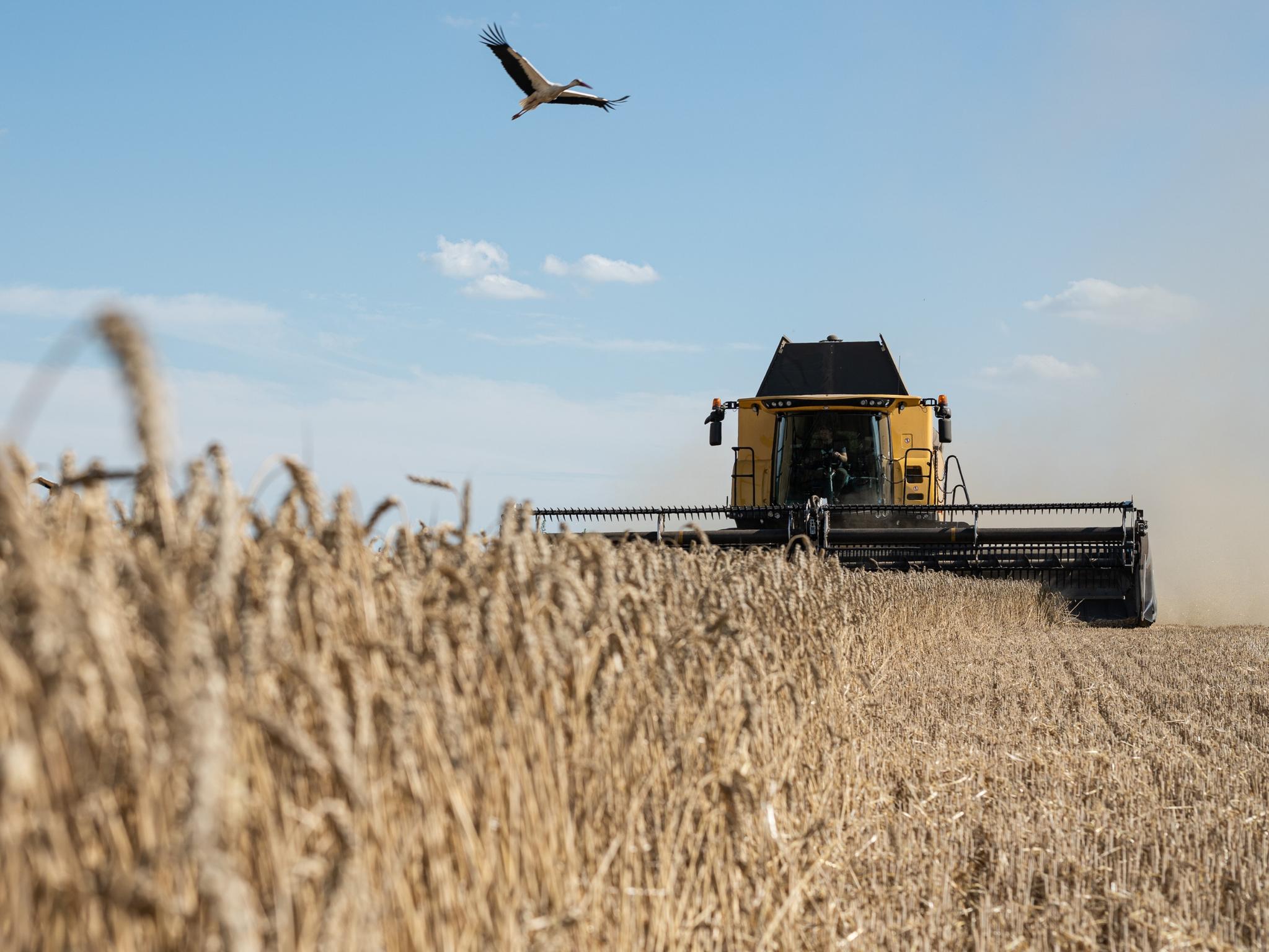

0 thoughts on “How Did The Four Year Crop Rotation Impact On The World”